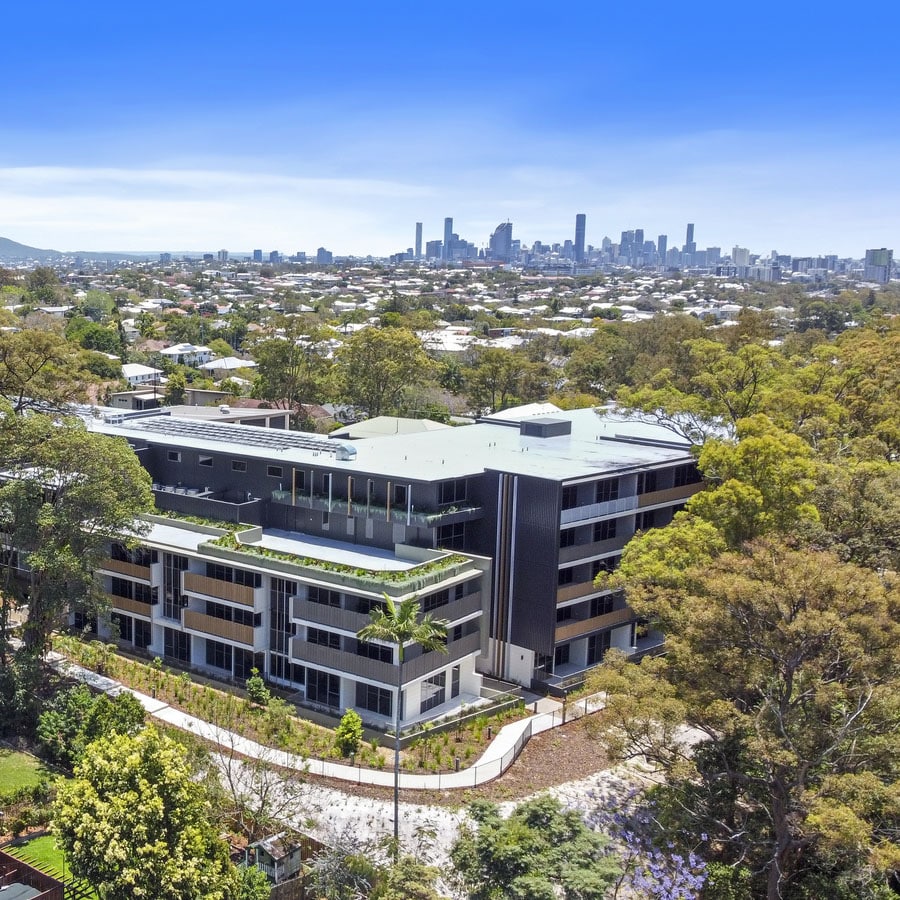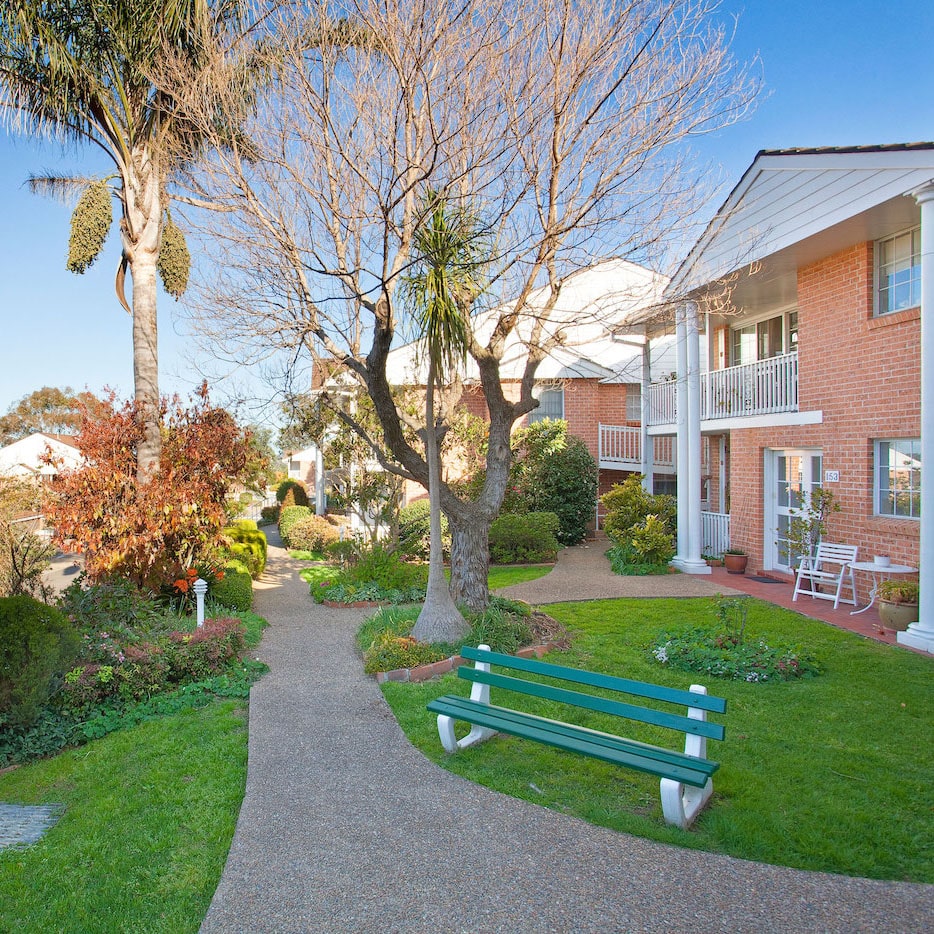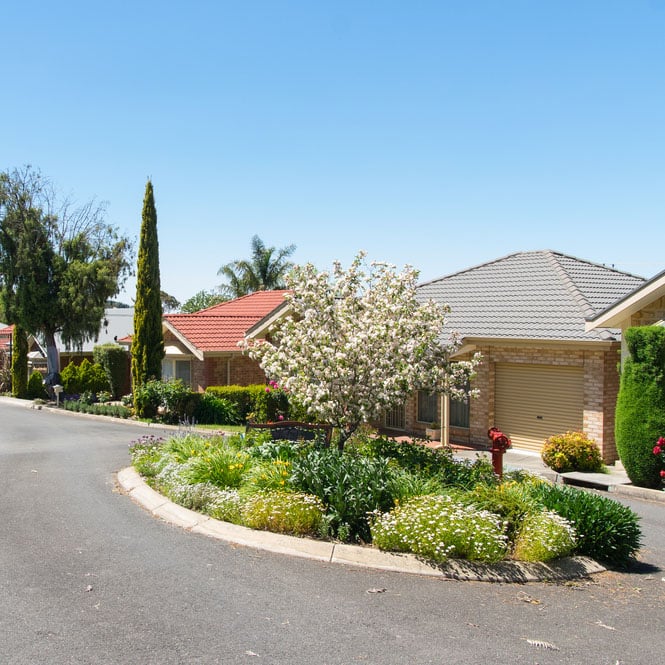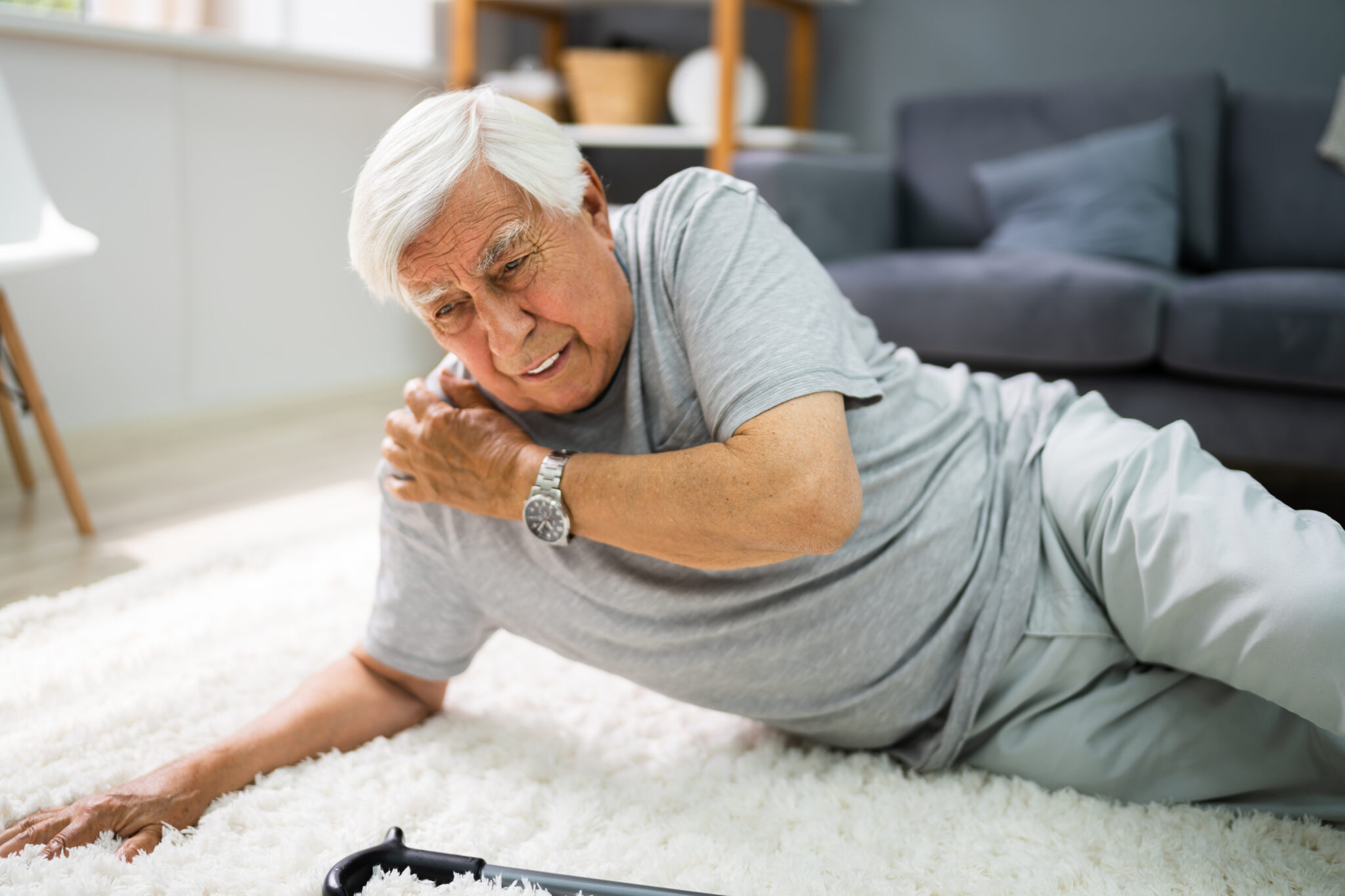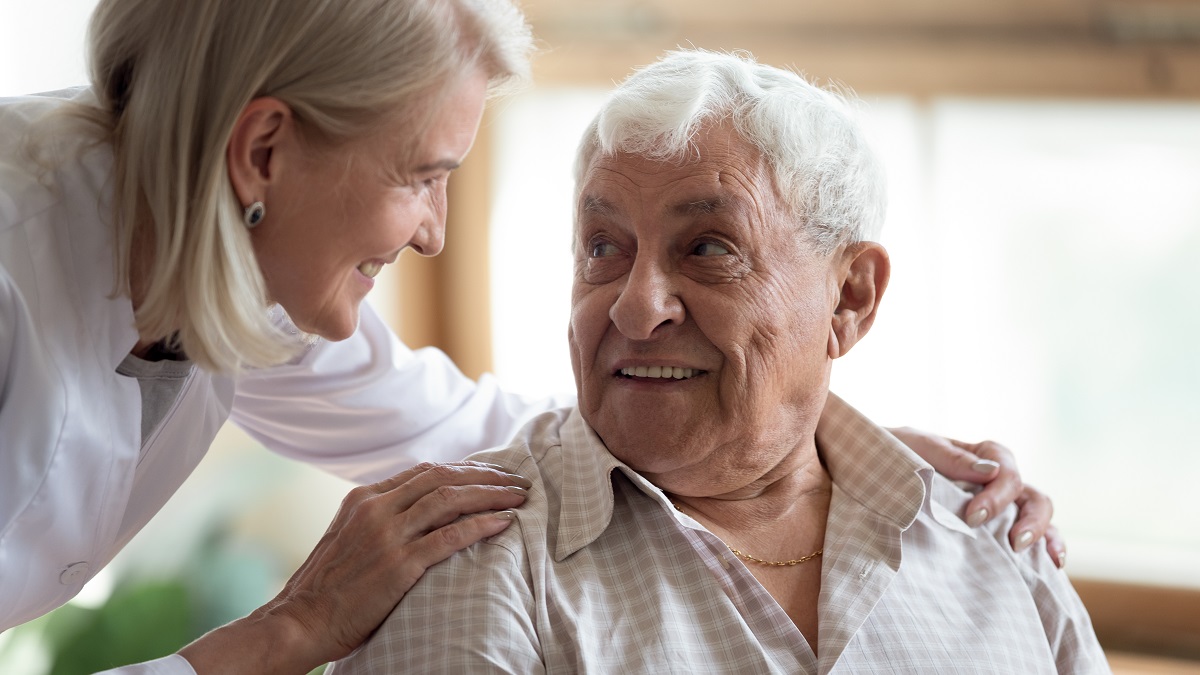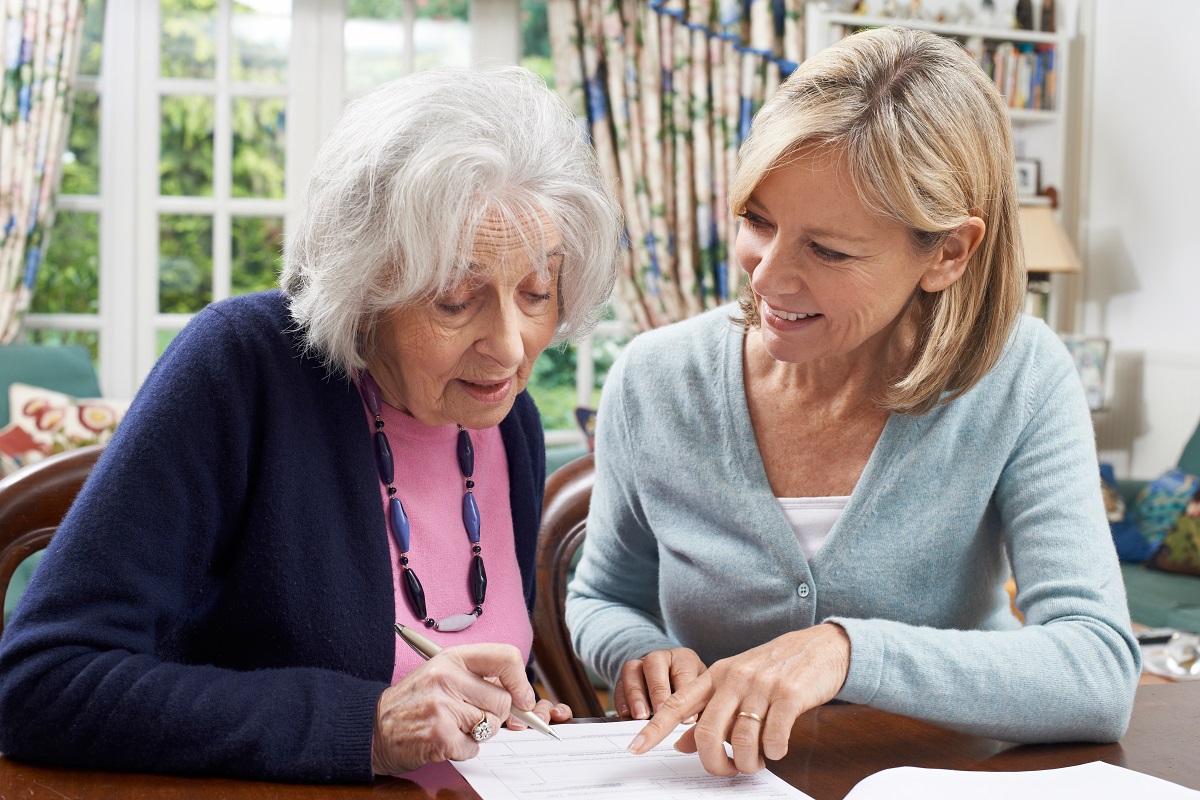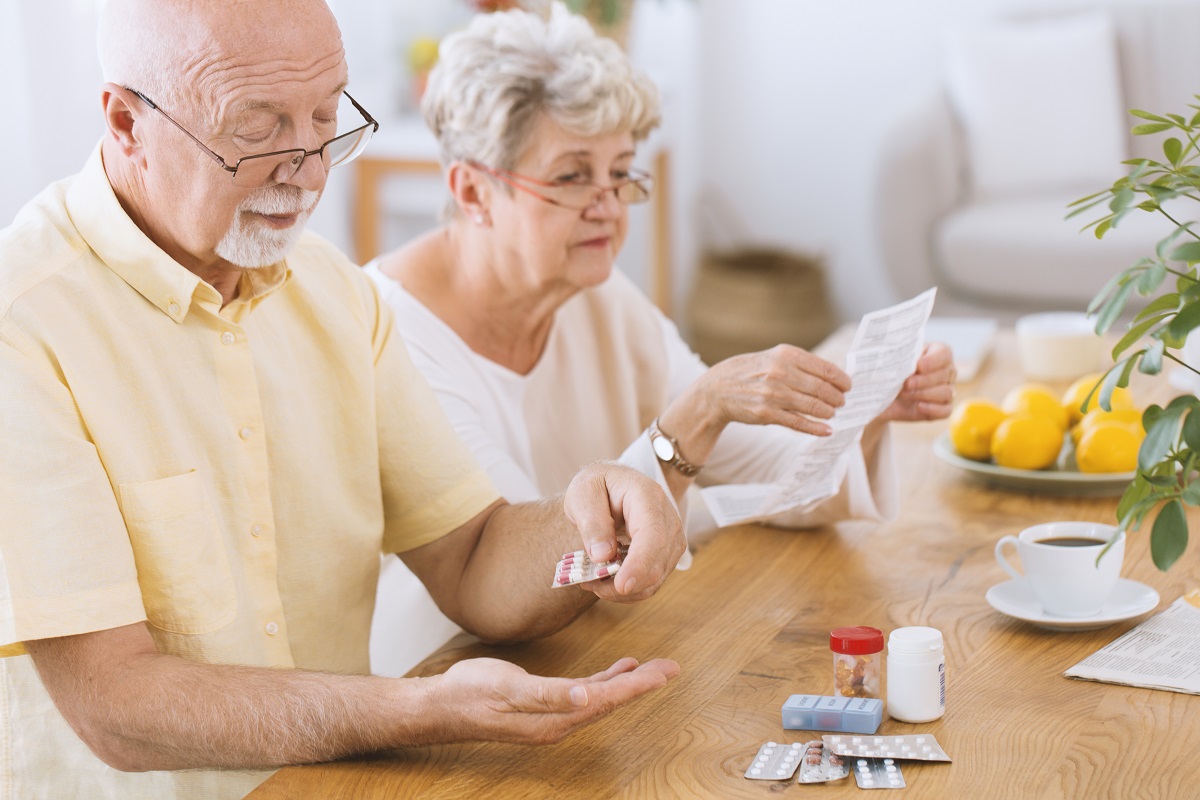Did you know that people aged 65 years and over are more likely to be hospitalised from a fall compared with any other age group?
In 2021-2022, 60% of hospitalisations due to falls in Australia involved people aged 65 and over.
Identifying common risk factors
Understanding the risk factors associated with falls is essential for effective prevention. Here are some common factors that contribute to falls among older people:
- Muscle weakness and balance issues: Reduced strength and impaired balance make it challenging to maintain stability while walking or performing daily activities.
- Medication side effects: Certain medications can cause dizziness, drowsiness or unsteadiness, increasing the risk of falls.
- Environmental hazards: Cluttered walkways, poor lighting, uneven surfaces, and loose rugs pose hazards that can lead to tripping or slipping.
- Chronic health conditions: Conditions such as arthritis, Parkinson’s disease or vision problems can affect mobility and increase the risk of falls.
- Lack of physical activity: Sedentary lifestyles contribute to muscle weakness and reduced flexibility, making falls more likely.
Tips to prevent falls
Fortunately, there are things that you can do to help prevent falls from occurring, below are some practical strategies.
- Exercise regularly: Engaging in activities that improve strength, balance, and flexibility can significantly reduce the risk of falls. Consider exercises such as walking, swimming, tai chi or yoga. It’s best to consult with a healthcare professional before starting any exercise program.
- Medication management: Speak to your healthcare provider who can review your medications to identify any side effects or interactions that could increase the risk of falls.
- Regular vision check-ups: Poor vision can contribute to falls. Schedule regular eye examinations to ensure optimal vision. If needed, update your glasses or contact lens prescriptions.
- Create a safe living environment: Eliminate potential hazards in your home by removing clutter, securing loose rugs and ensuring there is good lighting throughout the house. Install handrails and grab bars in bathrooms and consider using non-slip mats in the bathtub or shower.
- Wear proper footwear: It’s important to wear well-fitting shoes with non-slip soles that provide good support. Avoid walking in socks or loose-fitting slippers, as they increase the risk of slipping.
- Maintain a healthy diet: A balanced diet that includes calcium and vitamin D-rich foods promotes bone health and reduces the risk of fractures in case of a fall. If you’re unsure, you can discuss your nutritional needs with a healthcare professional.
- Regular check-ups and screenings: Schedule routine check-ups with your doctor. Regular screenings can help identify and manage any underlying health conditions that may contribute to falls.
- Assistive devices: If needed, consider using assistive devices such as canes, walkers or grab bars to help provide stability and support.
- Stay hydrated: Dehydration can cause dizziness and increase the risk of falls. Ensure you drink plenty of fluids throughout the day.
Remember, falls can be prevented so it’s important to remain proactive. By implementing these strategies, you can reduce your risk of falling and help maintain your independence and wellbeing.
Find a community of care
By signing up, you agree to RetireAustralia’s Privacy Collection Notice.
Find a home that's right for you
RetireAustralia owns and operates retirement villages in 29 unique urban, seaside, tree-side and regional locations.
